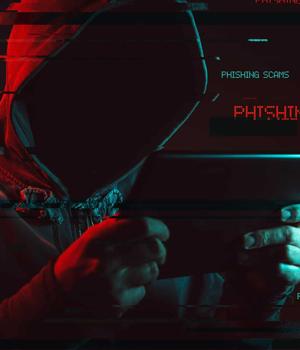Security News > 2020 > November > Detecting Phishing Emails

Abstract: Phishing scam emails are emails that pretend to be something they are not in order to get the recipient of the email to undertake some action they normally would not.
While technical protections against phishing reduce the number of phishing emails received, they are not perfect and phishing remains one of the largest sources of security risk in technology and communication systems.
To better understand the cognitive process that end users can use to identify phishing messages, I interviewed 21 IT experts about instances where they successfully identified emails as phishing in their own inboxes.
IT experts naturally follow a three-stage process for identifying phishing emails.
At some point, some feature of the email - usually, the presence of a link requesting an action - triggers them to recognize that phishing is a possible alternative explanation.
News URL
https://www.schneier.com/blog/archives/2020/11/detecting-phishing-emails.html
Related news
- Microsoft Warns of ClickFix Phishing Campaign Targeting Hospitality Sector via Fake Booking[.]com Emails (source)
- Coinbase phishing email tricks users with fake wallet migration (source)
- Why it's time for phishing prevention to move beyond email (source)
- New Morphing Meerkat Phishing Kit Mimics 114 Brands Using Victims’ DNS Email Records (source)
- PoisonSeed phishing campaign behind emails with wallet seed phrases (source)
- Phishing Campaigns Use Real-Time Checks to Validate Victim Emails Before Credential Theft (source)
- Phishing emails delivering infostealers surge 84% (source)